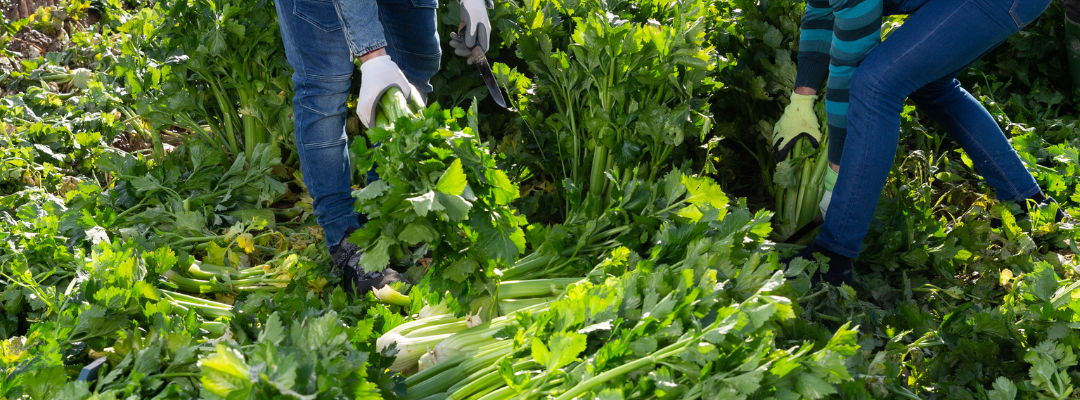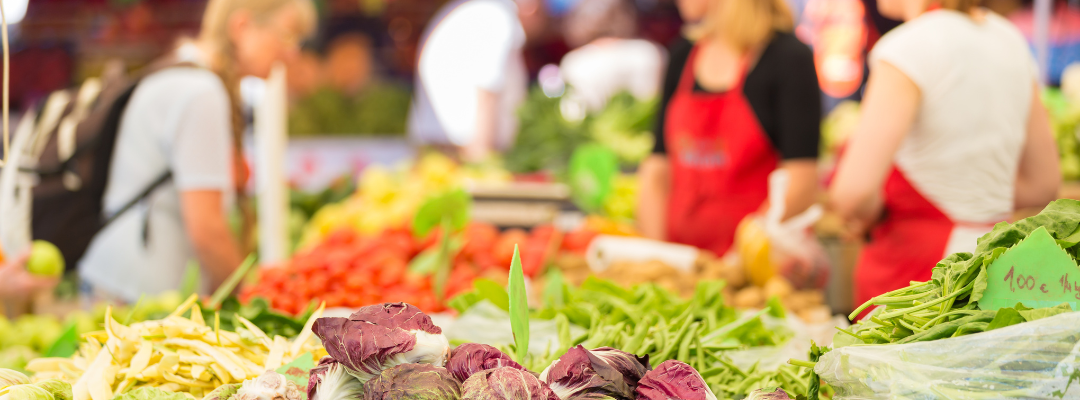The rise of income levels, increased availability of nutritional information, and the pursuit of a healthier lifestyle have generated a shift in the preferences of American consumers over the past few decades. This has led to a steady supply of specialty crops throughout the year to meet a growing and more sophisticated consumer demand. However, due to seasonal patterns and specialization in the production of fresh fruits and vegetables, it is necessary to rely on imports from different regions of the world to provide U.S. customers with a more stable supply and less volatile prices of these products.
A selected group of fruits and vegetables (i.e., tomatoes, peppers, onions, apples, avocados, grapes, berries, and citrus) was considered to analyze their annual patterns of domestic supply, as well as their corresponding prices and imports from both the Northern and Southern Hemispheres of the continent. On average, between 2015-2019, the annual domestic production of these crops targeting the fresh market represented a total economic value of $11.37 billion, and an additional $11.74 billion were imported each year (USDA-NASS, USDA-FAS). The data used consisted of monthly imports from 2015 to 2019 obtained from USDA-FAS and monthly movements of local produce from all domestic districts (excluding imports and exports) obtained from USDA-AMS. For prices we used the corresponding USDA-AMS monthly average prices at Terminal Markets (wholesale prices). Weighted averages were used to combine subcategories within a crop to reflect a common unit of measure.
The overall supply and observed price throughout the year of the selected crops are presented in Figure 1. Note that for some crops there is strong seasonality in their domestic supply, with peaks in different months depending on the crop analyzed. Avocados and berries have a peak of domestic production during summer, while grapes, apples and citrus show a steady increase of production from fall. For most of the analyzed crops, the imports from different regions are required to maintain a stable and sufficient supply through the year. Imports from North America (i.e., Mexico and Canada) are the main source of fresh vegetables and fruits when local production is insufficient to meet the domestic demand. North America’s imports are particularly important for tomatoes, avocados, and peppers. For some other crops such as grapes and citrus, the imports from South America play an important role in maintaining produce availability and price stability during the year. The prices for each crop show an expected pattern according to the total supply of those products and to some demand considerations. Particularly, relatively higher prices are observed during the off-season of local produce.
The market information summarized in this article could be used by local specialty crop producers and retailers to identify fundamental patterns in the availability of fresh fruits and vegetables and determine the existence of price effects derived from variations in the overall supply. This information could also help local growers design better production and marketing strategies aimed to reduce marketing risk by aligning production decisions with more favorable market conditions.
Figure 1. Supply and Price Seasonality of Selected Specialty Crops, Average 2015-2019

Villavicencio, Xavier, and Samuel Zapata. “Supply Seasonality of Specialty Crops in the United States.” Southern Ag Today 2(33.3). August 10, 2022. Permalink











